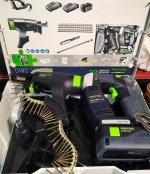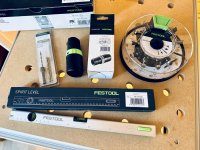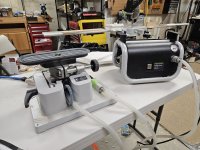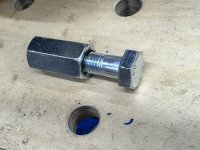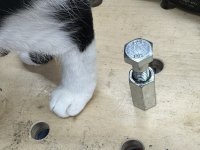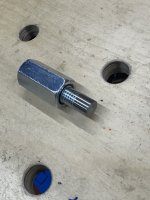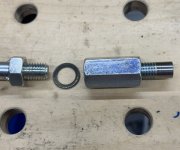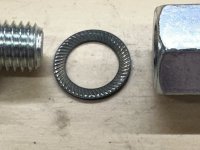Mike Goetzke
Member
- Joined
- Jul 12, 2008
- Messages
- 1,175
smorgasbord said:Jim_in_PA said:I haven't tried mesh yet but it's "on the list".
I'm pretty happy with the YouTube favorite of Cubitron II mesh discs for my ETS/EC 150, and if they make them in the 90 size, I'll try those for this as well, but I probably should get some coarse ones in Granat, too.
Mesh is interesting. I see they say interface pads make them stick better. Which pads do you recommend?


